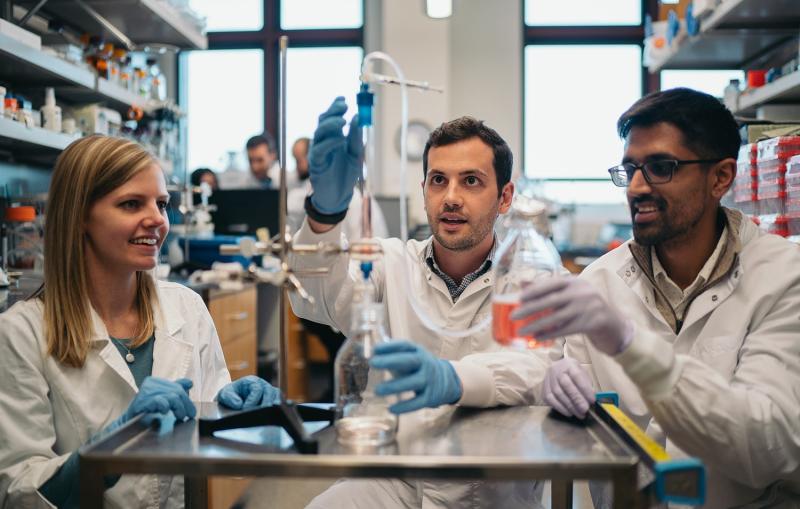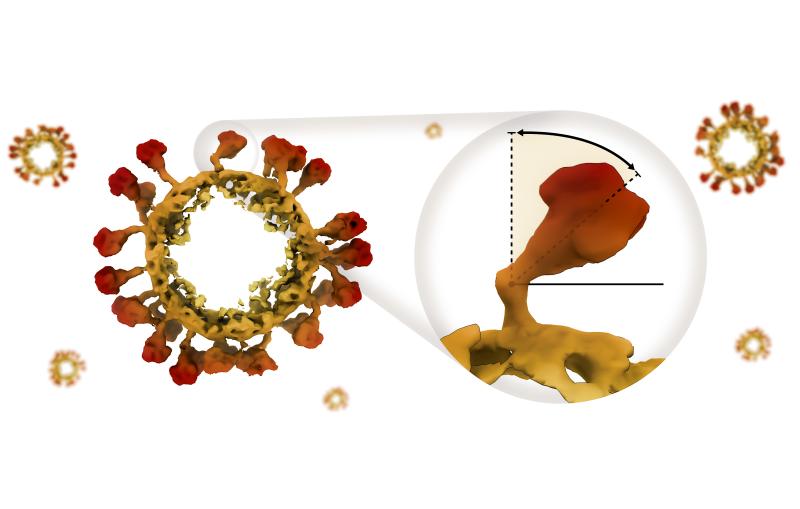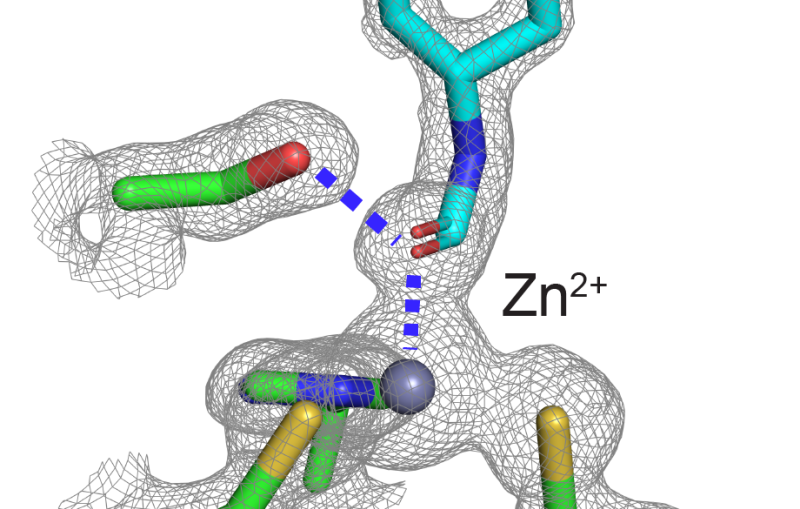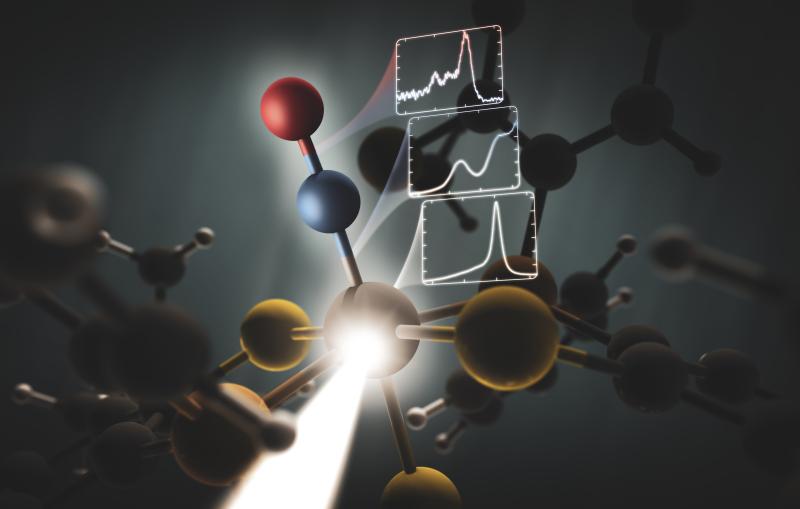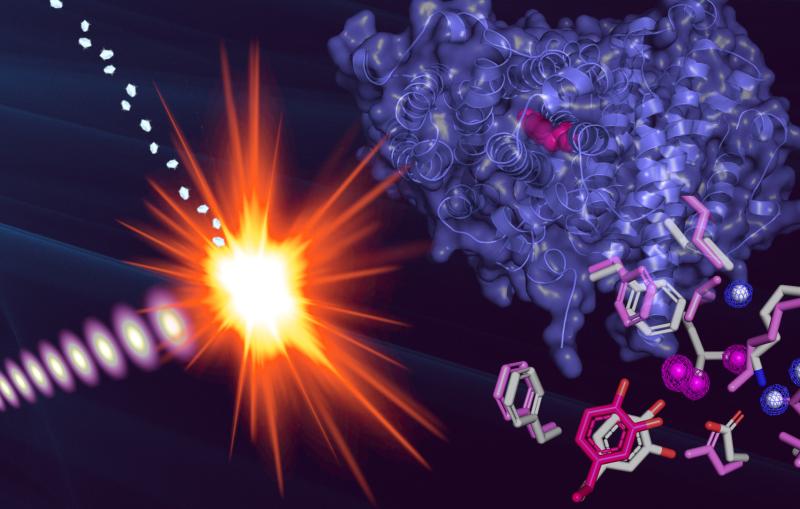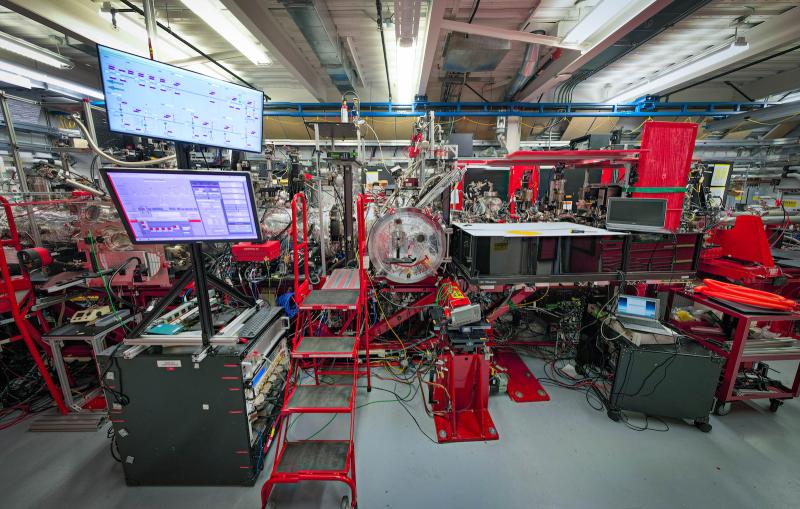Sulfur plays a role in the ocean’s carbon cycle, new study finds
The results suggest a possible feedback that could help trap carbon in the ocean’s low-oxygen zones, but the impact on climate change remains unclear.

With no dissolved oxygen to sustain animals or plants, ocean anoxic zones are areas where only microbes suited to this harsh environment can live.
“You don’t get big fish,” said University of California, Santa Barbara biogeochemist Morgan Raven, or even “charismatic zooplankton” such as krill. But although anoxic oceans may seem alien to organisms like ourselves that breathe oxygen, they’re full of life, she said.
These strange ecosystems are expanding thanks to climate change, a development that is of concern for fisheries and anyone who relies on oxygen-rich oceans. But what piques Raven’s interest is the changing chemistry of the oceans, the Earth’s largest carbon sink, and how it could move carbon from the atmosphere to long-term reservoirs like rocks.
Now, Raven, University of Washington chemical oceanographer Rick Keil and Sam Webb, a staff scientist at the Department of Energy’s SLAC National Accelerator Laboratory, have joined forces – and scientific methods – to show that a different element, sulfur, may play a role in regulating the carbon cycle in low-oxygen areas. The research was published in the journal Science.
Interrupting the carbon cycle
In oxygen-rich oceans, the food web moves carbon around, starting with phytoplankton – tiny drifting organisms that get energy from the sun – that absorb carbon dioxide at the ocean’s surface. Most of the time, Raven said, zooplankton eat up the phytoplankton, then get eaten up by larger animals. Ordinarily, zooplankton and those larger animals then respire carbon dioxide back into the ocean.
“It’s like a spinning wheel — CO2 goes into plankton, then back to CO2,” Raven said.
But in deoxygenated waters, there are fewer organisms to eat to up the dead, sinking phytoplankton, which led researchers to wonder what happens to the carbon they absorb. One idea, known as cryptic sulfur cycling, suggests that microbes could use sulfur in place of oxygen to help eat up sinking phytoplankton, although the products of that process would remain hidden inside these sinking particles.
A challenging experiment
Testing that idea, the researchers realized, would require special equipment for collecting organic particles in the ocean and special tools for analyzing what the team gathered. For the former, Keil’s lab has worked for years to develop a new filtering device that could gather sinking particles – conglomerations of phytoplankton, fecal pellets, and other materials – from specific depths, rather than gathering a random sample of ocean water in a bucket. Some of these sinking particles were tagged with a radioactive label as a way to find out how quickly microbes eating phytoplankton could converted sulfate – a major part of sea salt – into sulfur that dissolved back into the water.
Even then, Webb said, analyzing the particle samples for sulfur compounds was challenging for two reasons. First, although the filters narrowed down the kinds of particles they gathered, they still couldn’t tell which of the captured particles contained sulfur. Second, once they found sulfur, they needed to know what kinds of compounds it was in. To solve those problems, the team went to the SLAC’s Stanford Synchrotron Radiation Lightsource and used X-ray light to map out sulfur in the filters, then targeted those areas with X-ray absorption spectroscopy to identify the particular sulfur compounds present. In the end, that gave them a more precise understanding of their samples than would otherwise be possible.
“What’s fun about this,” Webb said, “is we’re using our X-ray methods to probe new environments and bring light to those areas.”
Pickled phytoplankton
The results of that analysis surprised the team. Microbes, they found, consumed sulfate more rapidly than expected, and some of the resulting sulfur dissolved back into seawater. But the analysis also showed signs of solid organic sulfur within the samples, demonstrating what Raven called a “pickling” of the dead phytoplankton as they sink through the anoxic area.
“Even when these sulfurized organic particles get down to the sediment on the bottom, bacteria there can’t eat them,” Raven said. Just like with pickled vegetables, the preservation process makes the organic particle resistant to bacteria, she said, which could explain why more organic carbon is found in the sediments below anoxic ocean zones.
What remains to be seen is how these growing oxygen depleted zones will interact with climate change.
“Potentially as these zones expand, there could be a negative feedback – more CO2 in the atmosphere makes higher temperatures, which makes these zones bigger,” Raven said. “These bigger zones then trap more CO2 and put it in the sediment and rocks.” This feedback might help the Earth balance its carbon cycle over time, she said, “but we need to know how this connects to everything else” before they’ll know for sure.
Editor’s note: This article is based on a press release from the University of California, Santa Barbara.
The research was funded by the National Science Foundation and the Agouron Institute. SSRL is a DOE Office of Science user facility.
Citation: M.R. Raven et al., Science, 8 January 2020 (10.1126/science.abc6035)
Contact
For questions or comments, contact the SLAC Office of Communications at communications@slac.stanford.edu.
SLAC is a vibrant multiprogram laboratory that explores how the universe works at the biggest, smallest and fastest scales and invents powerful tools used by scientists around the globe. With research spanning particle physics, astrophysics and cosmology, materials, chemistry, bio- and energy sciences and scientific computing, we help solve real-world problems and advance the interests of the nation.
SLAC is operated by Stanford University for the U.S. Department of Energy’s Office of Science. The Office of Science is the single largest supporter of basic research in the physical sciences in the United States and is working to address some of the most pressing challenges of our time.
